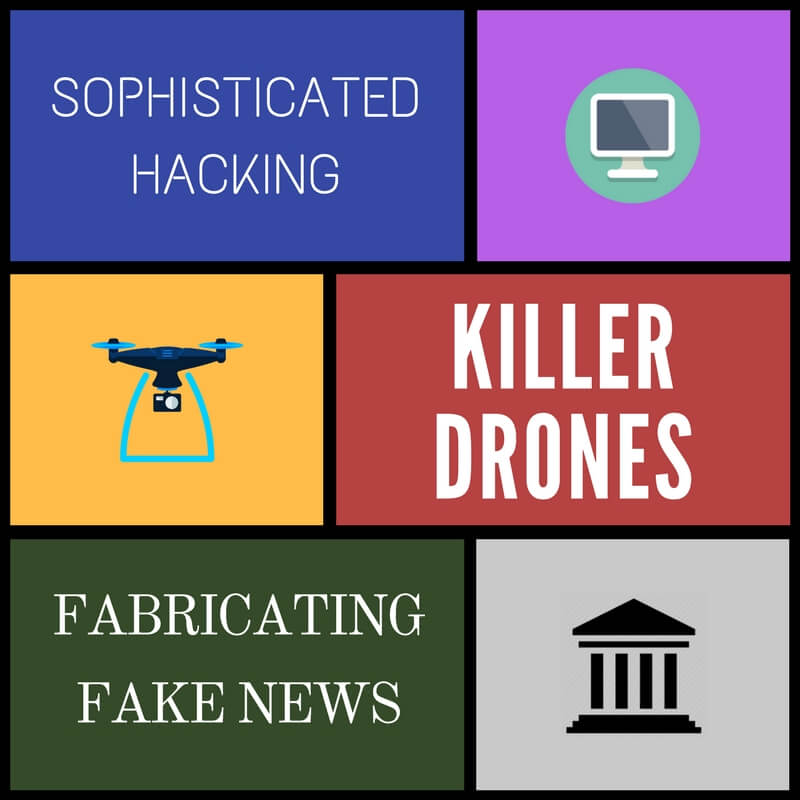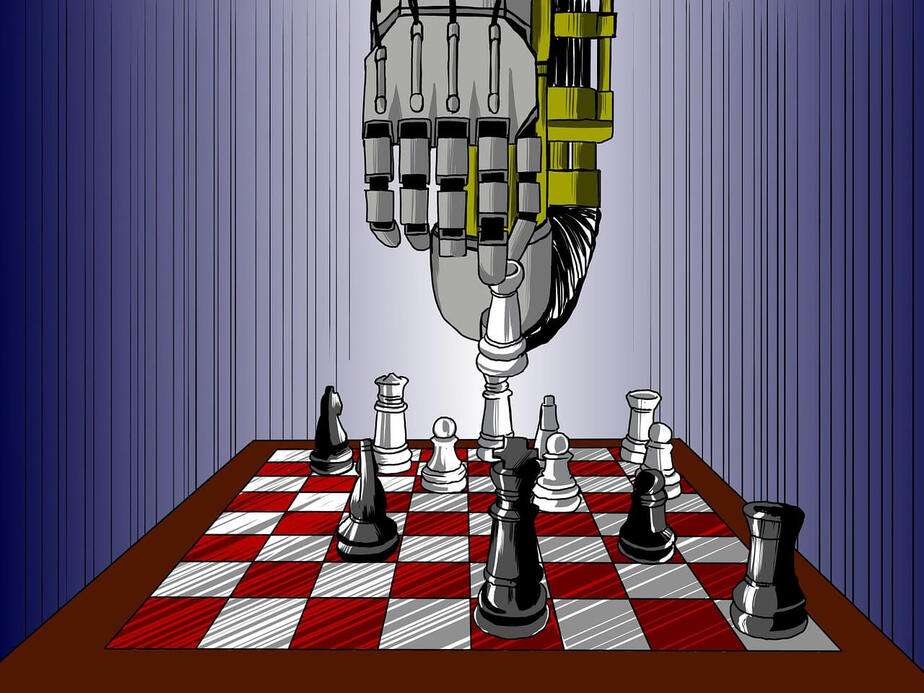Written by Swagam Dasgupta
“Artificial intelligence is the future, not only for Russia but for all humankind,” said Putin via live video to Russian students on 1st September 2017.
“Whoever becomes the leader in this sphere will become the ruler of the world.”
Putin is not the only state actor to voice his interest in the military capabilities of Artificial Intelligence (AI). Although state interest in AI is on the rise, effective policy is lagging far behind. In December 2016, the Convention on Certain Conventional Weapons (CCW) agreed to establish a Group of Governmental Experts (GGE) to develop a legal framework for Lethal Autonomous Weapons Systems (LAWS). The GGE failed to deliver, owing primarily to disagreements about the scope and definition of LAWS.
The GGE reconvenes in 2018 under the chairmanship of India. But, in order to make effective policy, India needs to let go of the notion of a singular AI arms race. Instead, we must conceptualize a system of multiple races running in parallel. Let’s look at the first principles of an arms race before comparing it to established weapons race analogies.
What Could the Origins of an Arms Race Tell Us?
States may either be ‘greedy’ or ‘security seeking’ in an arms race. Regardless, national security finds itself as the root and/or the catalyst for the arms race, via an action-reaction mechanism. In order to locate AI’s role in arms races, we need to isolate those dimensions of AI which pose a threat to national security. Earlier this year, a group of 26 experts on emerging technologies released a ground-breaking report explaining how AI can be used with the intent to cause harm. It isolates three security domains as being vulnerable to the malicious misuse of AI — digital, physical and political security.
In the interest of national security, the key to planetary domination turns from a simple race of building AI arms to a simultaneous relay of physical, digital and political armament
An AI arms race is not analogous to a nuclear weapons race any longer. Its complexity arises from a state’s ability to play multiple strategies, each of which contributes to a different race.

Can’t Artificial Intelligence Do it All?
The importance of this arms race is ignited by the fact that the world is currently dealing with ‘Narrow Artificial Intelligence’. For the uninitiated, Narrow AI is a technology that outperforms humans only in specific and narrowly-defined tasks. For example, an AI that operates a Lethal Autonomous Weapons System (physical arms) efficiently cannot produce and propagate fake news (political arms) successfully. As a result, each dimension of the AI arms race requires exclusive funding, research and development to create an efficient offensive or defensive weapon.
On the other hand, lies Artificial General Intelligence (AGI). An AGI is basically a general-purpose system with intelligence alike or better than the human mind. Put simply, an AGI could perform tasks across all three security domains with ease. Although it is yet to be created, each state might prioritise guaranteeing their security by using an AGI. Considering this, there might exist another aggressive wing to the arms race geared towards designing the first AGI. In an uncontrolled environment without of AGI-specific policies, this arms race could create unimaginable disasters for humanity.
Implications of Multiple Races
Breaking down an AI weapons race into simultaneous digital, political and physical arms races opens up a world of possibilities for policymakers. Races should be modelled in isolation and in relation to one another based on their unique properties. One such difference that could create complications is based on the covert nature of digital and political arms relative to physical ones. This system creates a higher payoff for deceit amongst state actors within signalling games. The framework can be better understood by considering the following hypothetical scenario:
Russia and US engage in an ‘AI arms race’. Russia signals their interest in developing ‘Killer Drones’ (physical arms) through videos of current research conducted within its boundaries. The expected reaction of the United States would be an escalation in the intensity of the physical AI arms race. This leaves the US with a premature position in the digital and political arms race. Russia deceives the US by only signalling their position in the physical arms race but in reality, funding their participation in the political arms race. As a result, Russia releases bots and fake news in order to disrupt the political climate of the US. This form of deception is only possible due to the covert property of political arms, i.e, development and spreading of bots and fake news which are hard to trace back to its creator. Although this scenario assumes that each state has limited funds to invest in the development of armaments, the implications are profound. In this case, policies should be aimed at reducing the payoffs for states who deceive others. In other words, policies should disincentivize deceit regarding state participation in each arms race.
Looking to the Future
Although this scenario is restricted to two state actors, there is much to be said about non-state actors and individuals’ potential to use AI within each security domain. In either case, each arms race needs to be modelled separately to make appropriate policies. It can no longer be seen as a singular race but as an aggregate of multiple ones, each running simultaneously. In a nutshell, Artificial Intelligence’s unique capability to threaten almost every security concern in the future has drastically altered the rules of the game. This arms race is no longer a marathon. Instead, it is a tournament.
Featured image courtesy Pixabay






